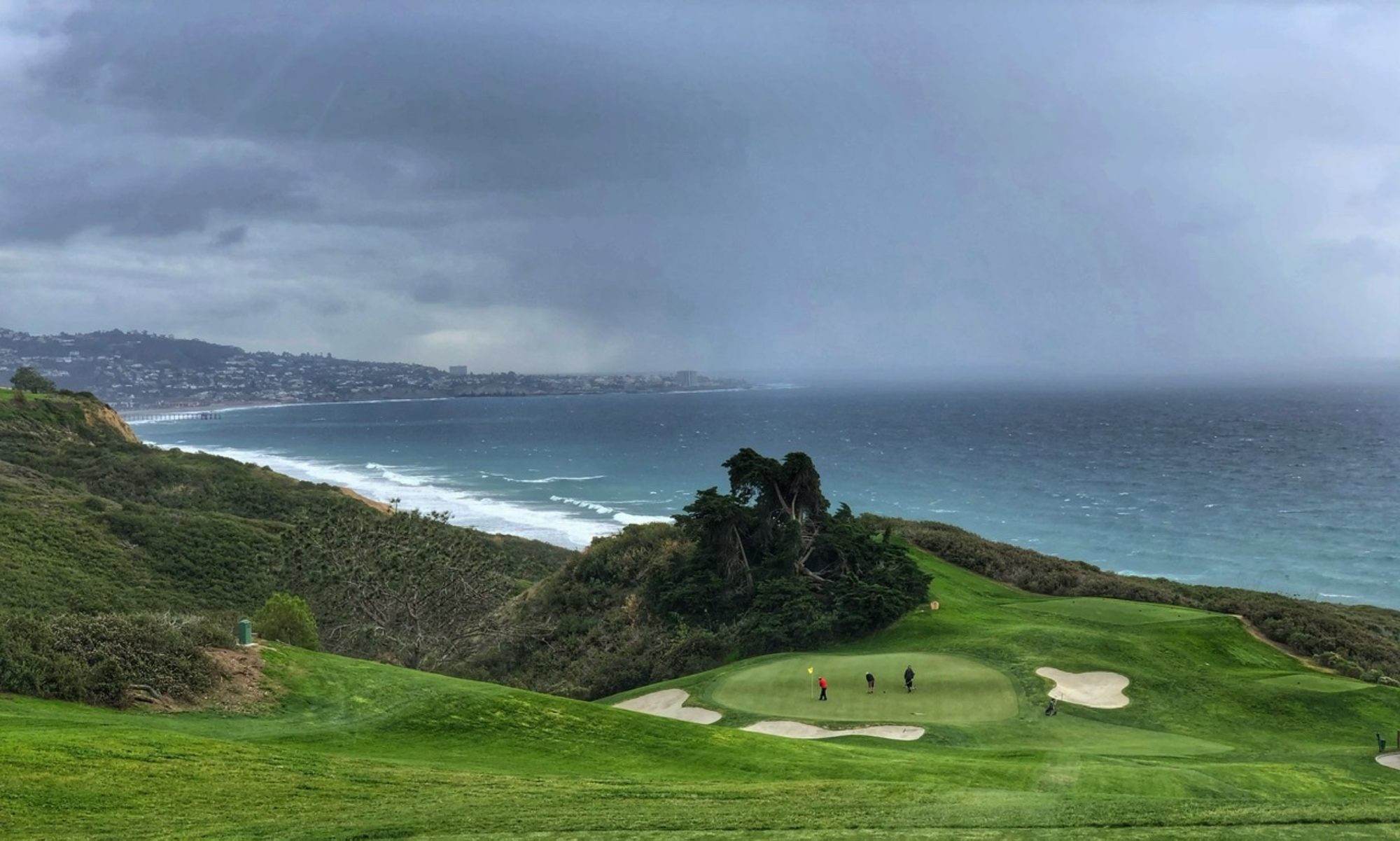My pineal gland fired itself up on a foggy April morning in 1953. This is when my circadian rhythms met the cycle of life in the Bronx and Queens. A city dweller for most of my existence, I woke to the sounds of city and suburban life: the honk of the impatient taxi driver in Manhattan, the click of Melmac1 coffee cups deposited in the sink as my father scurried to make his subway commute, the nerve jarring wound up alarm clock ring and the WINS radio broadcaster reciting school closures after a winter storm propelled me from my nighttime torpor. Off to college in 1970, I had a state-of-the-art “tech” alarm clock with a numerical display that flipped the numbers down from a spool and onto the window display (as seen in the movie, “Ground Hog’s Day”). As an upgraded item imbedded in this slumber interrupting device was the ultimate in modern technology of its time: A snooze button. It woke me for years through college finals, the Medical College Admission Test, and hangover recoveries. I held it in such high esteem that when the number 5 fell off the spool, I still kept it for years after. I reluctantly abandoned the alarm clock world with the advent of the iPhone in 2007. To have an array of sleep shattering choices that included a range from classical music to San Quentin’s very own “Prisoner Escaped Alarm” blasting me up from a dream filled night was just too tempting. I had to give the iPhone a try. It did not disappoint.
My mechanical sleep alarms were left home when my family and I traveled to Southeast Asia. Off to Chiang Mai, where we met a guide and hiked through jungle terrain to the self-subsistence rice farming Karen Tribe2 in Northern Thailand near the Myanmar border. After 4 hours of a grueling uphill journey, replete with mosquitoes, leeches and excessive sweat, we arrived at the encampment. My sense of accomplishment was dampened quickly when the Guide informed me, my wife and our teenage boys that the school children in the tribe make the same trip twice daily. With the livestock huddled under the stilt supported wooden abodes, our ‘farm to table’ chicken meal had a short transportation impact. Exhausted, we slept on the dirt floor in a tree house with paper thin mats. We were fast asleep in seconds with our melatonin levels peaking from heat, food and altitude.
The horizon was barely illuminated when a 110 decibel sound emitted from multiple moving sources around our elevated bedroom. I bolted upright, needing this noxious sound to cease to restore tranquility. Peering out the open window, I saw the parade of roosters crowing at unimaginable volume. This was no Loony Tubes Foghorn Leghorn3. “Could the rooster’s head comb serve as a snooze button?” I was fully awake within moments with multiple thoughts racing through my head. “Could this natural alarm clock be more effective than an Apple product?”
Many circadian driven mornings have since come and gone from that fateful trip to Thailand. The kids have moved on and now reside in a different time zone. My now retired self no longer has to get up in the morning and go to work. My wife and I find ourselves traveling from place to place. During one recent trip to Utah, I was reminded of the roosters from our Thailand expedition. Finding refuge in the Wasatch mountains, one morning I awoke to the cacophonous chirping of Magpies foraging in the front yard. This scene was repeated each morning. To my surprise, the Magpies packed their bellies and beaks by 1 PM each day like clockwork and were replaced by an equally vocal group of Robins. Pecking and browsing for grubs and earthworms, this group departed in the gloaming and were followed by an aquatic band of mallards, Canadian geese and the occasional surprise appearance of Wild Turkeys (not the drink but the bird). Nature’s circadian rhythm was outside my window and all I needed to do was listen and observe.
The light is dimming as I write these words from our home in San Diego. I cannot fight the escalating melatonin levels impacting my hypothalamus and finding my eyelids growing heavy with the urge to sleep. I search frantically for the iPhone sound effects for the Magpies and come up empty handed. I quietly crawl into bed with a glimmer of hope and a sense of confidence that I will be awakened by the sound’s of nature emerging for the new day. I set the iPhone to “Do not disturb.”
1 Plastic dish-ware popular in the 1950’s and ‘60s, manufactured by a now defunct company, American Cyanamid Corporation.
2 The Karen reside predominantly in Myanmar and Northern Thailand and are linked by a Sino-Tibetan language heritage. They have practiced crop rotation agriculture for centuries.
3 A Warner Brothers Cartoon Rooster, appearing in Looney Tunes and patterned after a fictitious bombastic Southern Senator, Beauregard Claghorn. Foghorn often strolled though the chicken coop, humming Camptown Races.














